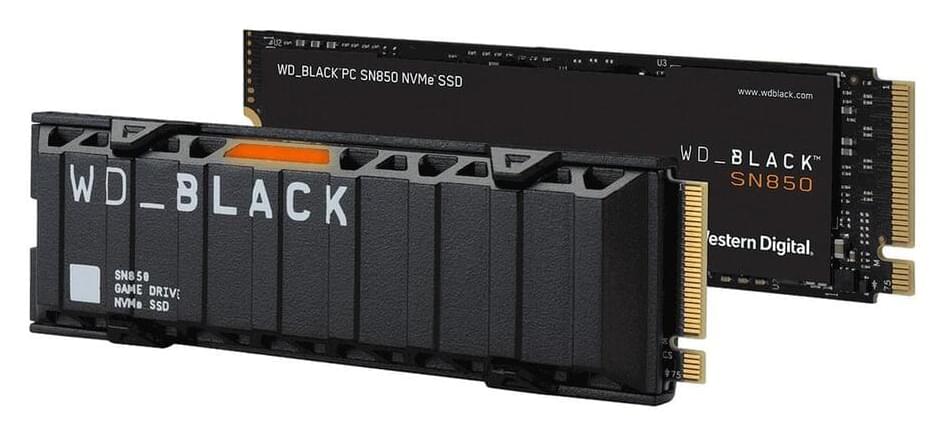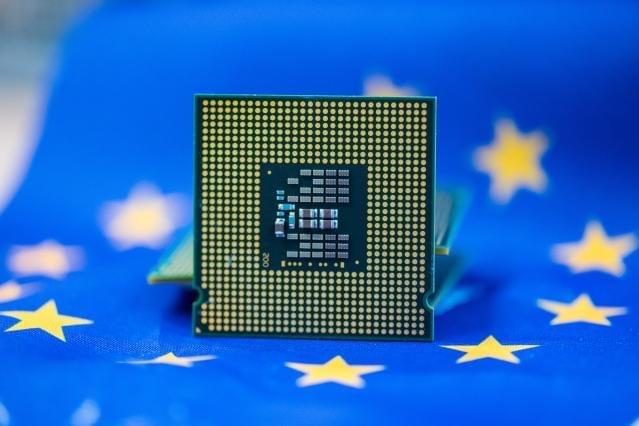We can’t make transistors any smaller, is this the end of Moore’s Law?
There has been a lot of talk about the end of Moore’s Law for at least a decade now and what kind of implications this will have on modern society. Since the invention of the computer transistor in 1947, the number of transistors packed onto the silicon chips that power the modern world has steadily grown in density, leading to the exponential growth of computing power over the last 70 years. A transistor is a physical object, however, and being purely physical it is governed by laws of physics like every other physical object. That means there is a physical limit to how small a transistor can be. Back when Gordon Moore made his famous prediction about the pace of growth in computing power, no one was really thinking about transistors at nanometer scales. But as we enter the third decade of the 21st century, our reliance on packing more transistors into the same amount of silicon is brushing up against the very boundaries of what is physically possible, leading many to worry that the pace of innovation we’ve become accustomed to might come to a screeching end in the very near future.
Full Story:
Scientists tell us that transistors can’t be made any smaller, sounding the end of Moore’s Law. Does this threaten our progress in the future?








